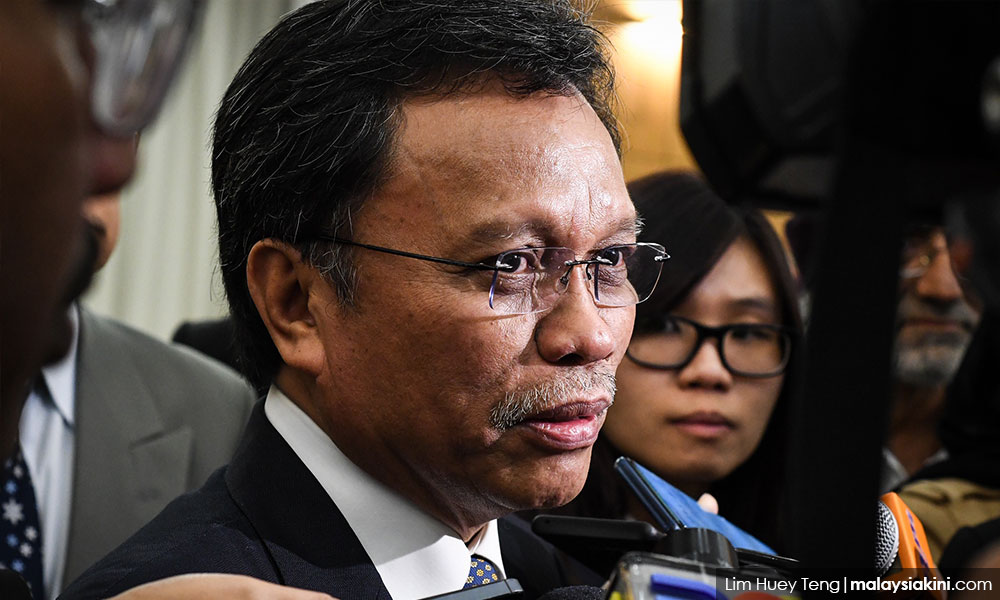Resolving non-revenue water will only cost a fraction of Papar Dam - PSM
PSM has criticised the RM2 billion Papar Dam project as making “no sense” to address water shortages in Sabah as resolving non-revenue water (NRW) issues would take a fraction of the cost.
“According to the National Water Services Commission (Span), Sabah’s non-revenue water (NRW) stood at 52.5% in 2018. Hence, half of the treated water does not reach people due to leakages and poor management.
“Resolving the NRW would only cost about 10 percent of the Papar Dam budget.
“Sabah should focus on increasing water efficiency and promoting rainwater harvesting,” said PSM central committee member Sharan Raj in a statement today.
He also pointed out Sabah had an excess of electricity supply capacity (reserve margin) of 32 percent last year.
This is an oversupply as the recommended reserve margin is 20 percent, he said.
“Increasing the reserve margin would only increase electricity tariffs and burden users.
“Sabah’s unreliable electricity system is due to poor transmission infrastructure and not due to electricity shortage,” Sharan added.
Instead of the Papar Dam, which comes with a significantly negative social implication, he suggested intensive electricity users should be pushed to reduce their electricity demand through energy efficiency and solar panels.
“These policies will also create and sustain ‘green jobs’ addressing Sabah’s youth unemployment.
“Furthermore, bio-methane captured from landfills and agriculture waste could be used to generate electricity.
“Purchasing the organic waste from agriculture sectors will improve Sabah’s rural economy,” he said.
On the other hand, the Papar Dam, he said, would uproot local communities and cause the loss of natural biodiversity.
The cost to compensate and relocate the local communities will be extremely high and these communities will become very vulnerable if the assimilation programmes fail, he said.
“Undeniably, Papar Dam would drain state resources in terms of labour, finance and time,” Sharan said.

Last October, Sabah Chief Minister Shafie Apdal (photo) said the state government had decided to go ahead with building the Papar dam despite protests from the local indigenous community.
He had claimed the dam was needed to supply water for Sabah’s rising population and its tourism industry.
Meanwhile, the indigenous community living in Ulu Papar have cried foul against the state government for allegedly reneging on their election promise by rebranding the project instead of cancelling it after winning the 14th general election.
The community claimed that the Papar Dam project is the same as the Kaiduan Dam project announced by the previous state government in 2008 as the location and size of both dams are about the same.
The Papar Dam project, worth about RM2 billion, would be between 150 to 200 metres high and inundate 522ha of land.
The native community is protesting against it as they said it would inundate Sabah natives’ customary land and villages, as well as destroy existing forests.
In addition, they said, over 3,000 native people in Penampang and Papar districts would have to be resettled in an unfamiliar land and change their lifestyles.
RM12.50 / month
- Unlimited access to award-winning journalism
- Comment and share your opinions on all our articles
- Gift interesting stories to your friends
- Tax deductable
